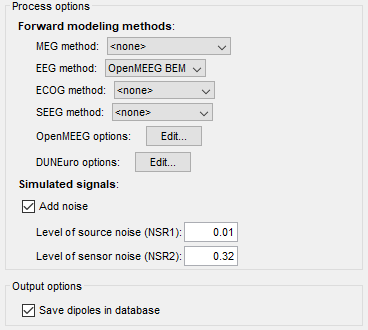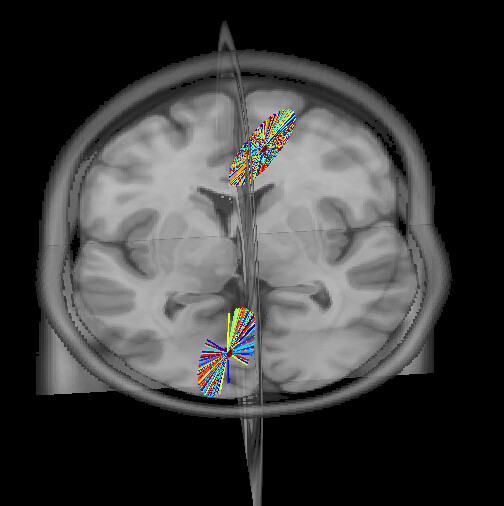Dear experts;
Hi;
I have considered two dipoles within the volume of the head and assigned a signal with a wide spectrum of frequencies from 0.5 to 98 Hz to each. Then, I simulated the EEG signal recorded by a 65-channel electrode array and added noise. Using the dipole modeling command, I localized the bipolar sources, and with the Dipole Scanning command, I determined the estimated locations of the dipoles. However, I have encountered several questions for which I would appreciate your response:
-
What is the relationship between SNR=10logps/pn, where ps is the signal power and pn is the noise power, with the specified SNR in the simulation stages?

-
Changing the SNR (increasing or decreasing) does not significantly affect the estimated locations of the dipoles.
-
The dipoles displayed after dipole scanning all have different centers and directions, indicating that all estimates have identified a single location for the dipoles. Is this correct?
Did I make a mistake at some stage? if it is needed I will send you the process details.
best regards
Morteza
